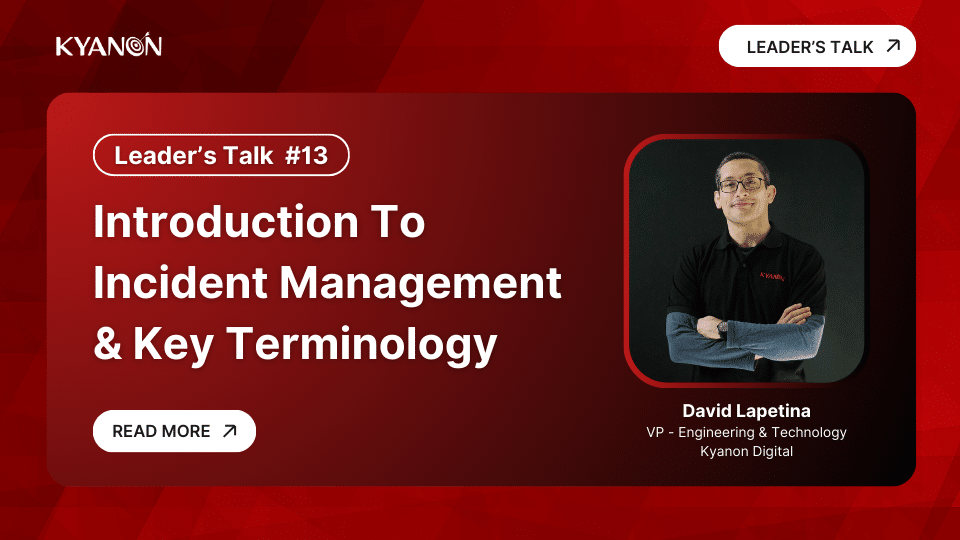In today’s fast-paced digital landscape, effective incident management is crucial for maintaining service quality and minimizing disruptions. During Leader’s Talk #13, David Lapetina, VP of Engineering & Technology at Kyanon Digital, provided invaluable insights into the intricacies of incident management, outlining key concepts, terminology, and best practices.

1. What is Incident Management?
Incident management is the process of identifying, analyzing, and resolving incidents that disrupt services or reduce service quality. An incident is defined as any event that causes a significant interruption in service, such as network outages or software failures.
Types of Incidents
Understanding the different types of incidents is essential for effective management. David highlighted three primary categories:
- Critical Incidents (Priority 1 or P1): These are the most severe incidents that require immediate action to prevent further damage or loss.
- Major Incidents (Priority 2 or P2): These incidents need swift attention to minimize the risk of data loss or business disruption.
- Minor Incidents: While these may cause some inconvenience, they do not significantly impact overall operations.
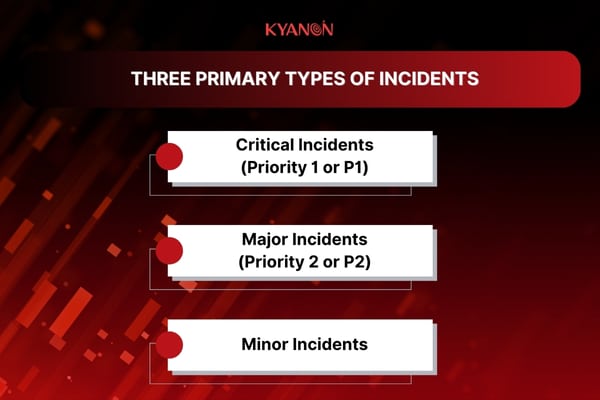
2. The Incident Management Life Cycle
The incident management life cycle begins when a customer reports an incident. The process involves:
- Logging and Categorization: Incidents must be recorded and classified based on their priority (P1, P2, or P3).
- Root Cause Analysis: Identifying the underlying cause of the incident is critical for effective resolution.
- Action Plan Development: Based on the priority level, teams must develop a plan and timeline for resolving the incident.

3. Key Terminology in Incident Management
David emphasized several key terms that are foundational to understanding incident management:
- Service Level Agreement (SLA): This is a formal agreement between a service provider and a customer that outlines expected service levels, including response and resolution times. Clearly defining SLAs in contracts is crucial for managing expectations.
- Tickets: A ticket is a record of an incident, request, or task that requires attention. Implementing a ticketing system helps track incidents from reporting to resolution, ensuring accountability and timely responses.
- Recovery Time Objective (RTO) & Recovery Point Objective (RPO): RTO is the maximum allowable downtime before serious business impact occurs, while RPO indicates the maximum acceptable data loss in the event of an incident. These metrics help teams prepare for and manage potential disruptions.
- Incident Resolution: This process involves restoring services to normal operation. Various methods, including data management, infrastructure adjustments, and hotfixes, may be employed to resolve incidents effectively.
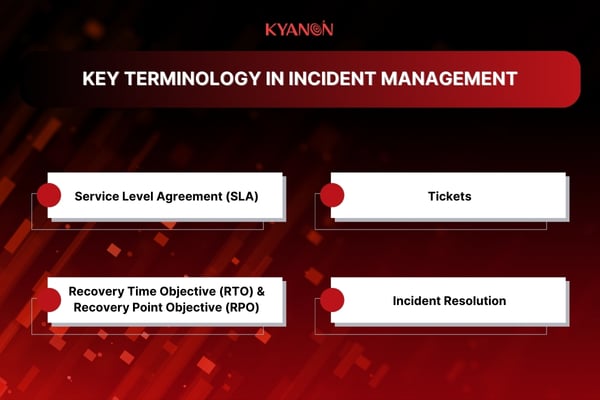
4. Roles and Responsibilities in Incident Resolution
David outlined the essential roles involved in incident resolution:
- Project Manager: Coordinates the entire incident resolution process, ensuring effective communication and oversight.
- Tech Lead: Focuses on the technical aspects, conducting root cause analyses and coordinating technical changes.
- Communication Lead: Manages communication with customers and stakeholders, providing timely updates and transparency.
- Stakeholder Liaison: Acts as the main point of contact for stakeholders, conveying information about incidents and their impacts.
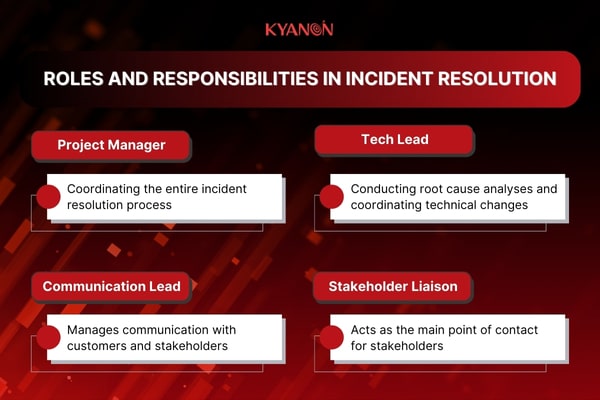
5. The Importance of Documentation
Documenting incidents and resolutions is crucial for several reasons:
- Traceability: Maintaining detailed records allows for tracking the entire incident lifecycle, ensuring transparency and accountability.
- Compliance: Different industries have specific compliance requirements regarding incident reporting and documentation.
- Knowledge Sharing: Documented incidents contribute to a knowledge base that can inform future responses and training for new employees.
- Analysis and Improvement: Analyzing past incidents helps organizations identify trends, assess response effectiveness, and continuously improve processes.
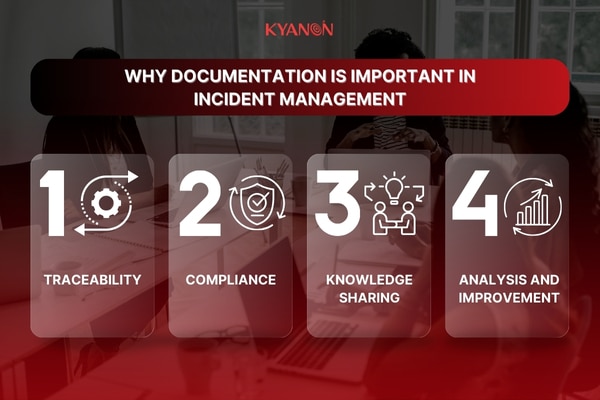
6. Conclusion
During Leader’s Talk #13, David Lapetina provided a comprehensive overview of incident management, from foundational concepts to practical applications. The discussion offered valuable insights for Tech Leads, Project Managers, and Product Owners, emphasizing the importance of proactive communication with customers during incidents.
By applying the knowledge and best practices shared in this session, organizations can enhance their incident management processes, ultimately contributing to improved service delivery and organizational growth.
Thank you to David and all the managers for sharing your valuable insights during this session. Let’s keep updated about Leader’s Talk series on Kyanon Digital’s official channels.
